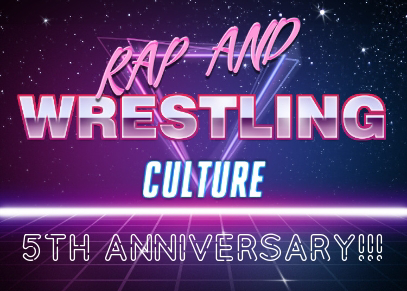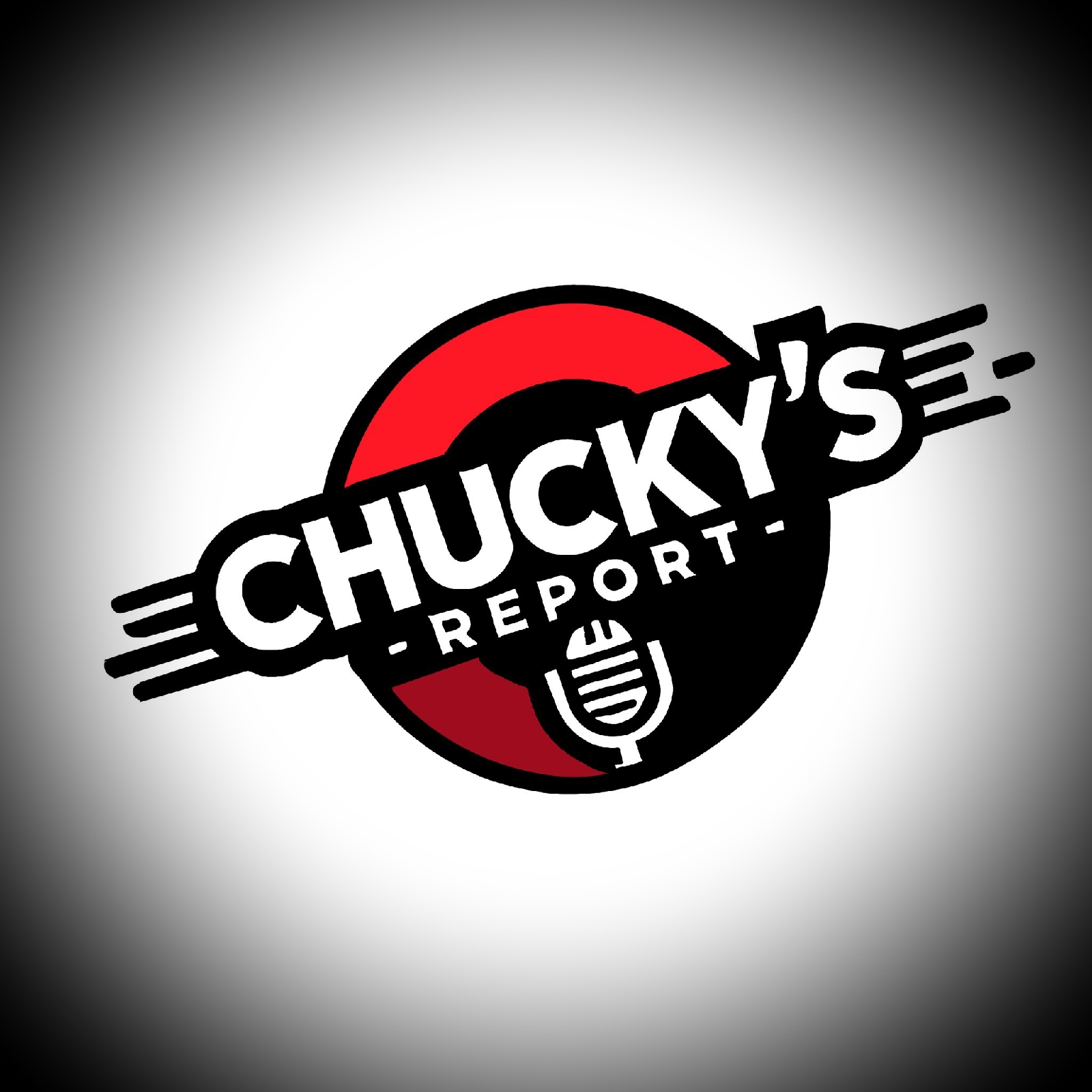Legends Of Indy Wrestling #2 - King Kaluha!!!
R.A.W Media's Bean Lebouc continues his 'Legends Of Indy Wrestling' series by catching up with one of the indy scenes most respected names King Kaluha to reflect on what is was like, during that time, on the independent wrestling scene.
Bean Lebouc - Before we get started for those who many not know King Kaluha tell us a bit about yourself and how you got started in the Pro Wrestling business?
King Kaluha - I started out as Mike Kaluha and began my training in 1992.
When I started there weren’t many wrestling schools. I was a high school, and college, athlete and I got serious about wrestling when I got up to around 235lb.
I spoke to a sports agent, at my gym, and he talked about getting into wrestling however he had no contacts but I eventually ended up meeting up with Larry Sharpe who had the Monster Factory.
I ended up meeting a bouncer who was opening a school closer to me. His name was Concrete Cowboy and he did some indy work in the Pennsylvania area. I worked a lot of indy shows in Pennsylvania, New Jersey and New York. I also appeared in Delaware and Ohio. I did some work with the ICW in New England which eventually became IWCCW and I got some syndicated TV coverage there. I also worked for the AWA doing TV work, for them, on their ESPN show. I had a chance to work with some big name talent, in those days, like Dory Funk Jr., Rick Martel, Curt Henning, Sgt. Slaughter, 'Superstar' Billy Graham and Bob Backlund.
BL - What was the independent scene like back in the 90's?
KK - The 90’s was a strange time for me in terms of wrestling. For an indy wrestler, I got work all around the east coast, and usually found myself working with the top name talents, especially when they were done with the WWF (now WWE), AWA or NWA, because of my work with AWA TV and I had developed a reputation for being a capable wrestler with these main event guys.
There were a lot of new promotions coming in that tended to use their own people. It’s also where the hardcore style came into play which wasn’t my style at all. One funny thing that I did, in the 90’s, was change my ring entrance music as everyone was coming out to heavy metal so I decided to come out to something totally different which was 'Dancing Queen' by ABBA. I was wrestling in Pittsburgh and all of the guys in the locker room were cracking up when that song came on.
BL - You worked for both ECW, when it was Eastern, and the NWA during the mid-90's. What were those two companies like to work for during those periods of time as ECW was still in it's infancy and the NWA wasn't in the same position it had been during it's heyday in the 80's and early 90's?
KK - The early days of ECW were interesting. Some local indy guys were the bookers and a lot of new guys, trained by an old time indy wrestler Larry Winters, were on the cards. Some hardcore elements started to creep in as the Philly indy fans seemed to like that style.
Some of the other indy shows started to use that style as well which I could do, if needed, but I felt I was better just doing a more traditional style. The NWA at that point really wasn’t a thing like it was. The WCW really took over somewhere at that point. I’m not sure when Crockett sold out.
There were some local promotions that may have run under an NWA banner and I may have even worked for them but I don’t really remember.
BL - I understand that you trained some pretty notable talent over the years. Are there any particular individuals that you trained who went on to become stars within the industry?
KK - The two most frequently mentioned wrestlers that I have trained, or at least influenced, are Tom Brandi and Steve Corino.
I actually trained Tom and we actually practiced in his backyard. He would come with me to shows and we would go into the ring, before the show, to get some ring time. He would come with me to shows and usually get booked as well. One funny story is that he went with me to a show I was booked on at the Baltimore Civic Center for a combined AWA/NWA show. I was booked with Marty Jannetty but his flight was delayed so they asked me if Tom was a wrestler and I said yes. He was probably a few months into wrestling so I lent him a pair of trunks and he borrowed Baron Von Raske’s boots. We opened the show with Dusty Rhodes and Ric Flair on top. We had a great match too. With Steve I was at one of his training sessions, when he started, but he was also booked with me a few times when he first got started. So I think he learned a lot from being with me than wrestling with a lot of green guys. Both of those guys are excellent workers and have great wrestling minds. I helped train a couple of other indy guys and trained a few guys recently which I'd say, some of them, have a good future in the business.
BL - Do you think publications like Pro Wrestling Illustrated were beneficial to the independent scene and, more specifically, the wrestlers back then?
KK - Yes Pro Wrestling Illustrated was very influential as well as Dave Meltzer’s publication.
That was before the internet so the only outlet was in print format. They also started to cover more indy shows especially when WWF started their own magazine.
BL - As someone who worked on the independent scene, in the 90's, what did you think of the scenes growth, in the early 00's, after the end of WCW and ECW?
KK - Nowadays Pro Wrestling has become too mainstream. There are too many schools pumping out guys who aren’t properly trained and don’t look like wrestlers.
When I started out I was around 235-240 lbs and I thought that was average.
If you were under 210 lbs you would be a referee but now that is a bigger guy. The psychology of wrestling is also missing now and I can get more of a reaction from fans just based on my appearance, and gestures, than having to do something dangerous in the ring.
If there is anyone who is truly old school, on today's scene, that would be me since I worked with guys from that era.







Comments
Post a Comment